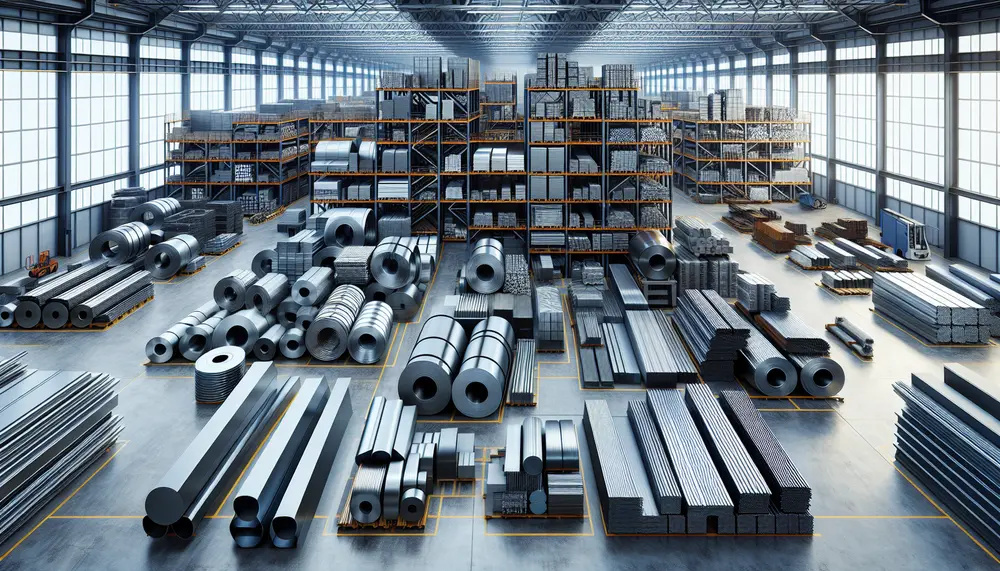Steel alloy
Steel alloy
Bereiten Sie sich darauf vor, in die faszinierende Welt der Stahlherstellung und des Stahlhandels einzutauchen, wenn wir heute den Begriff "Steel alloy" untersuchen. Dies ist ein Schlüsselkonzept in der Industrie, das wir auf eine leicht verständliche Art und Weise für Newcomer demystifizieren wollen.
Was ist eine Steel Alloy?
Eine Steel alloy, auf Deutsch Stahllegierung, ist eine Mischung aus Eisen und mindestens einem anderen Element. Das Hinzufügen dieses anderen Elements könnte den Stahl widerstandsfähiger, härter oder korrosionsbeständiger machen. Dabei kann es sich um Kohlenstoff, Chrom, Nickel, Mangan und viele andere handeln.
Warum werden Steel Alloys hergestellt?
Die Herstellung von Steel alloys ist keine Laune der Natur, sondern eine gezielte menschliche Innovation. Die verschiedenen Metalle, die zum Eisen hinzugefügt werden, geben dem Endprodukt eine spezifische Qualität. So sind zum Beispiel einige Steel alloys besonders stark und dabei dennoch erstaunlich leicht. Andere können hohen Temperaturen oder starker Korrosion widerstehen. Die Erzeugung der verschiedenen Steel alloys ist somit eine Antwort auf die unterschiedlichsten Anforderungen aus den Bereichen Bauwesen, Fahrzeugbau, Haushaltswaren und mehr.
Wie wird eine Steel Alloy hergestellt?
Die Herstellung einer Steel alloy beginnt mit der Einschmelzung des Eisens in einem Hochofen. Die Zugabe des zweiten Elements (oder mehrerer Elemente) erfolgt dann in verschiedenen Phasen des Prozesses, je nach den gewünschten Merkmalen des Endprodukts. Der so entstehende flüssige Steel alloy wird dann gegossen, abgekühlt und schließlich in die gewünschte Form gebracht.
Wo werden Steel Alloys gehandelt?
Steel alloys werden auf globaler Ebene gehandelt, wobei es spezialisierte Börsen für Metalle und Industriegüter gibt. Professionelle Händler, aber auch Bauunternehmen, Fahrzeughersteller und viele andere können Steel alloys kaufen oder verkaufen, je nach ihren Bedürfnissen und den Marktpreisen.
Wir hoffen, dass dieser Eintrag Ihnen ein besseres Verständnis von Steel alloys gegeben hat. Bleiben Sie dran für weitere spannende Einblicke in die Stahlproduktion und den Stahlhandel!
Blog Posts with the term: Steel alloy
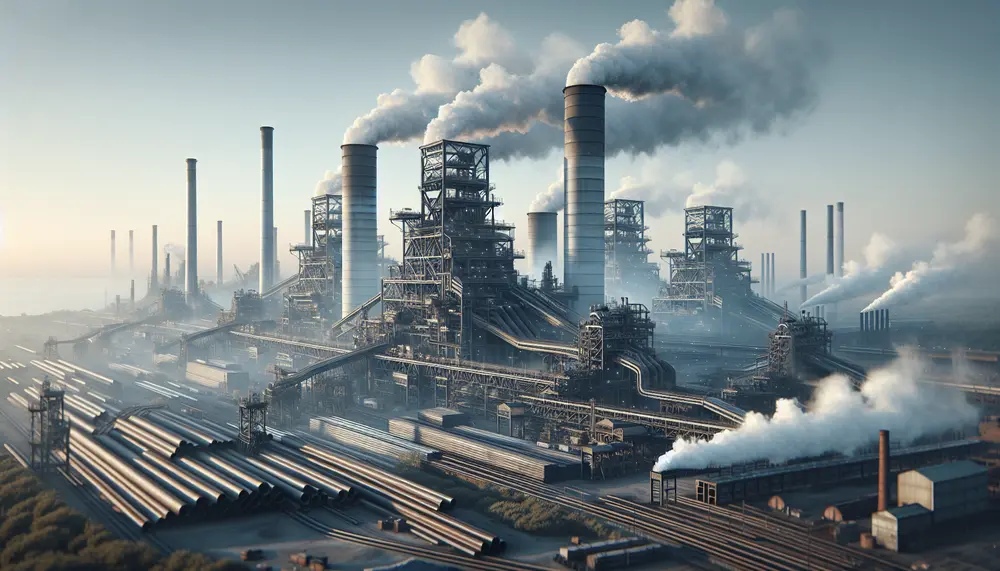
Steel production in France has grown due to technological advancements, increased demand, and strategic investments despite challenges like environmental regulations and market volatility. The industry's history shows a pattern of expansion post-WWII, peak production in the 1970s, followed by decline...
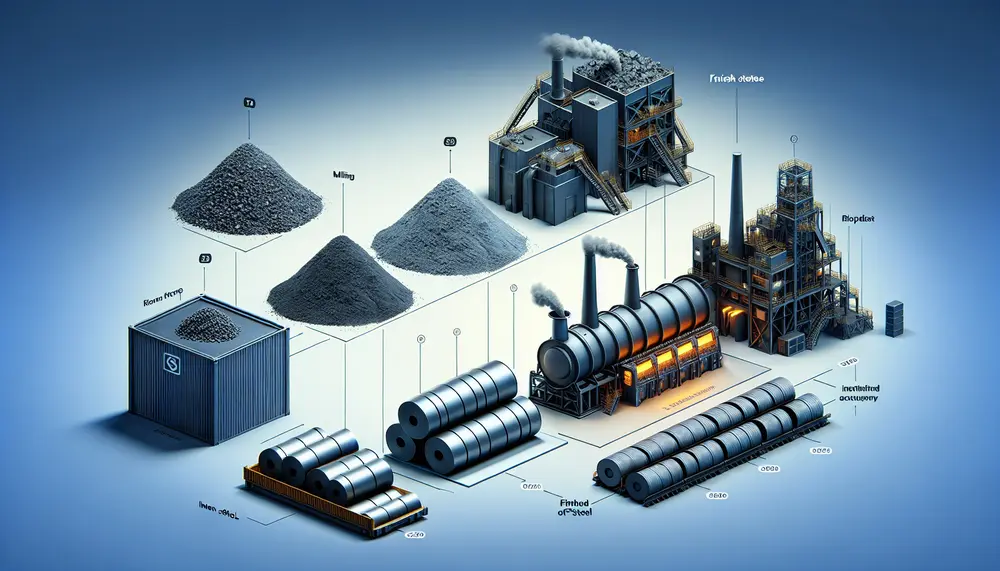
The steelmaking value chain is a complex process that transforms raw materials like iron ore, coking coal, and limestone into high-quality steel through strategic steps involving technological innovation to optimize efficiency and reduce environmental impact. Understanding this value chain helps...
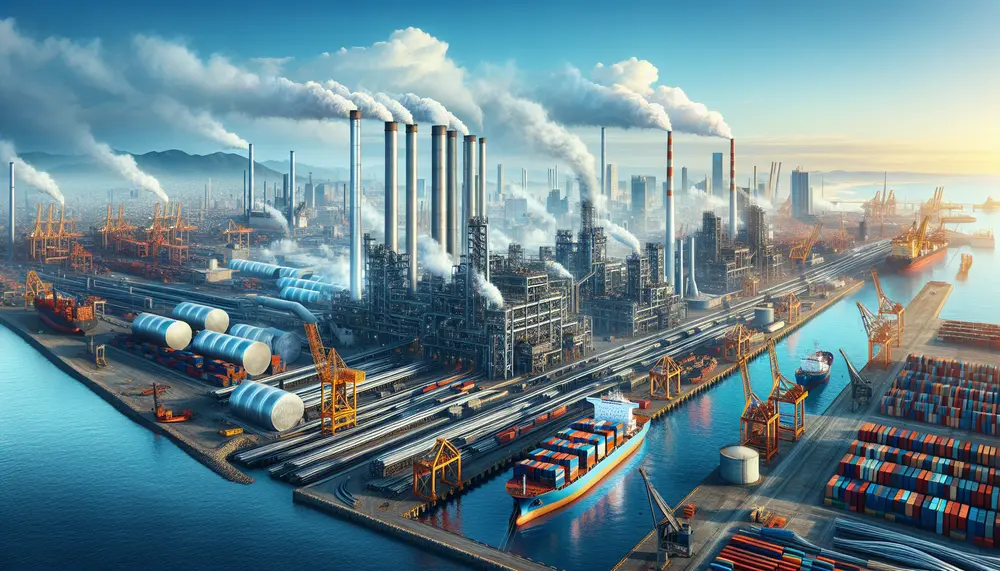
Mexico's steel industry has grown significantly due to rich resources, strategic location, skilled workforce, and modern technology. Challenges include high energy costs, competition from lower-cost countries, price fluctuations, and environmental concerns....
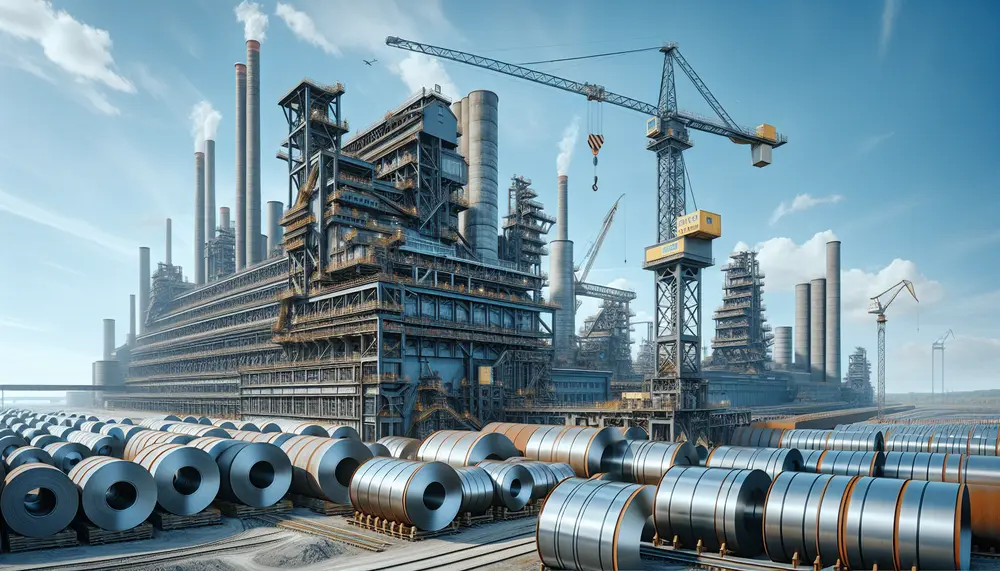
The steel industry in the Netherlands is integral to its economy, known for innovation and sustainability, with a focus on high-grade production used across various sectors. The Dutch sector's evolution has been shaped by historical shifts and strategic investments like...
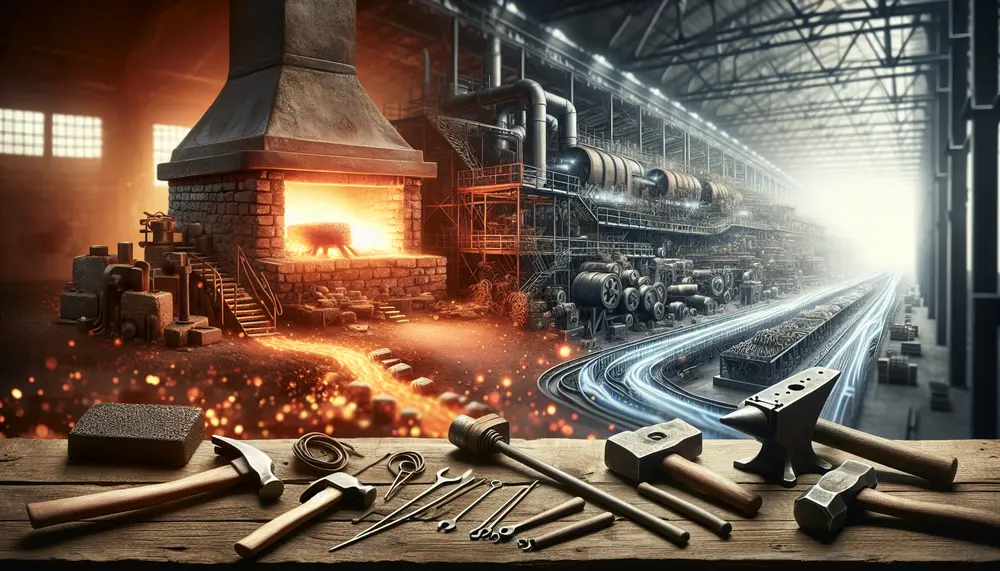
Steel's origins trace back to meteoric iron and evolved with human discovery of smelting around 2500 BCE, leading from the Bronze Age into the Iron Age. The Bessemer Process in the mid-19th century revolutionized steel production, enabling mass production and...
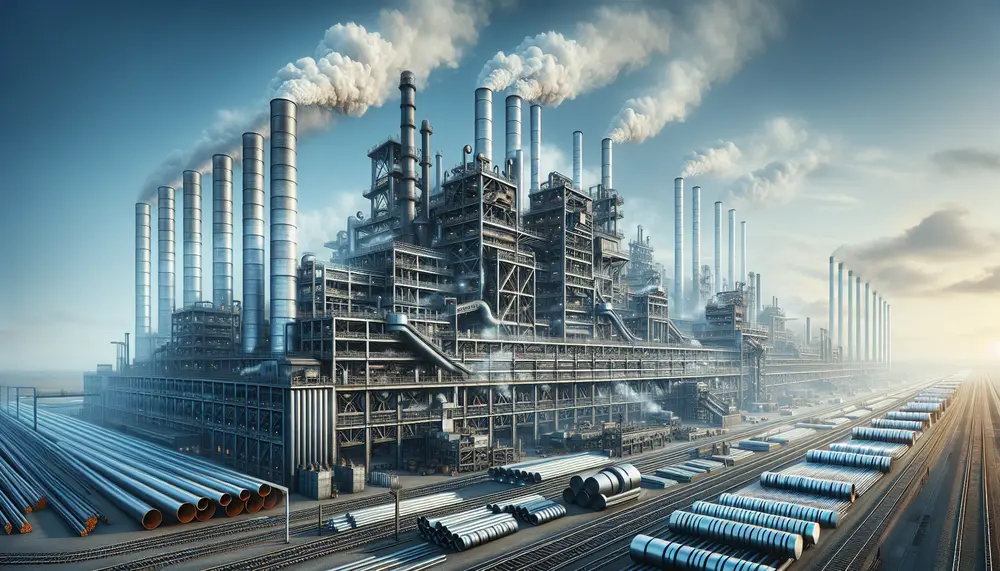
Steel was crucial in World War II, serving as the backbone for military equipment and influencing nations' industrial might. The escalation of steel production played a pivotal role in the Allied victory, with advancements in technology and massive job creation. Steel's...
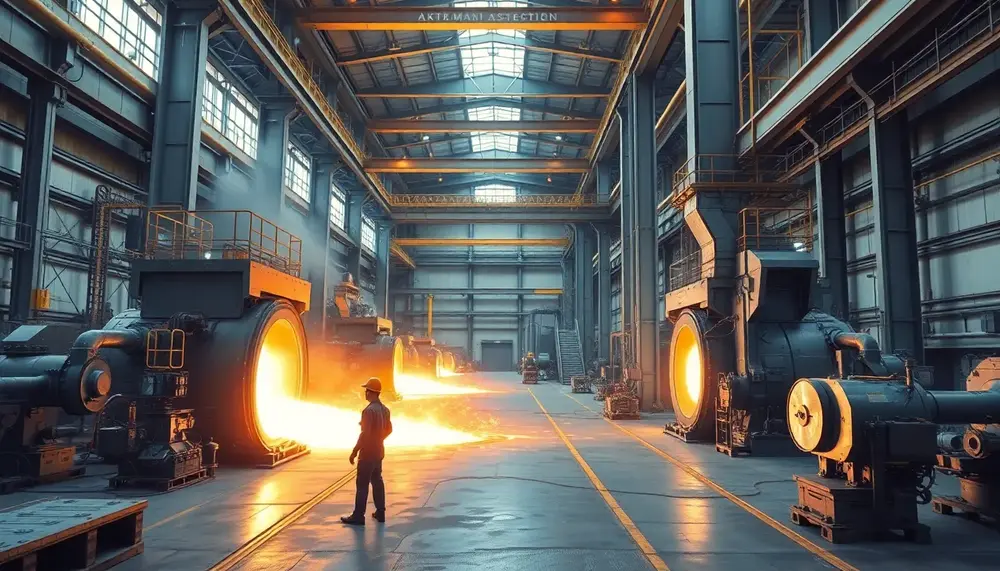
South Korea's steel industry has evolved into a global leader through strategic government investments, innovation in eco-friendly technologies, and significant contributions to the economy....
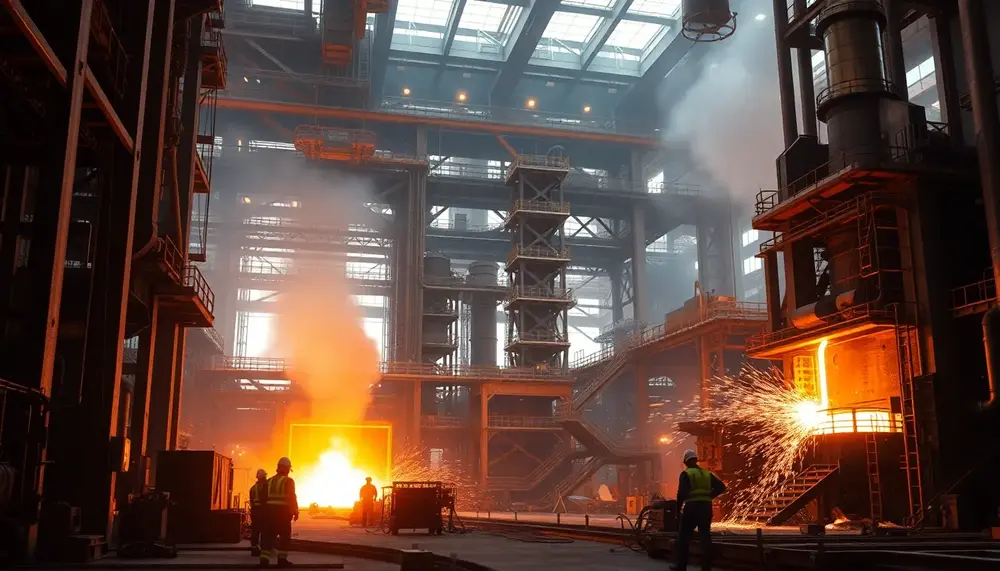
The global steel industry, vital for infrastructure and economic development, is evolving in 2023 through innovation, sustainability efforts, and fierce competition. Dominated by China with six of the top ten producers, the sector highlights strategic growth driven by technological advancements...
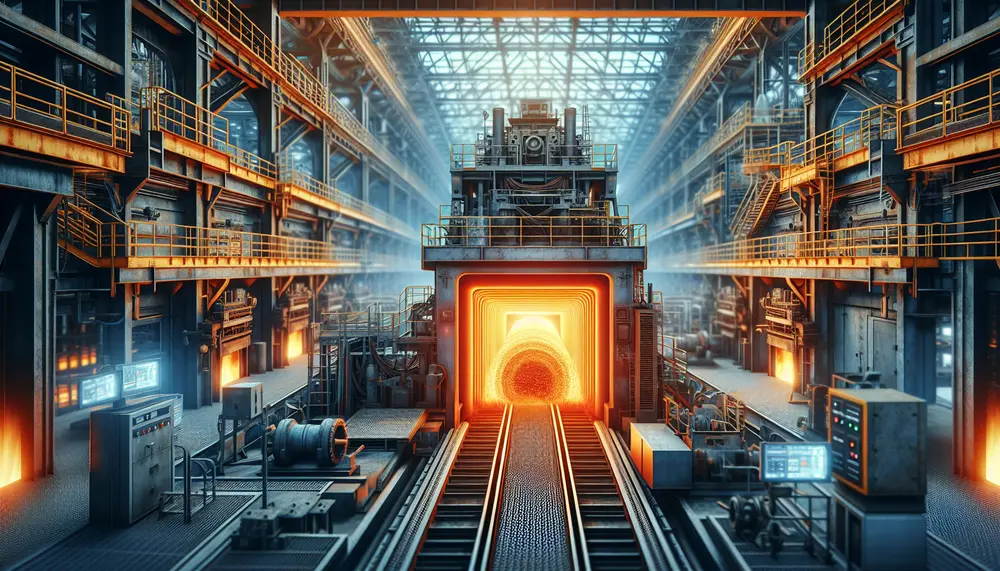
Induction furnaces have transformed steel making with their efficiency, versatility, and reduced environmental impact compared to traditional fossil fuel-based furnaces. They use electromagnetic induction for heating metals precisely and quickly, offering benefits like energy savings, improved productivity, metallurgical control, scalability,...
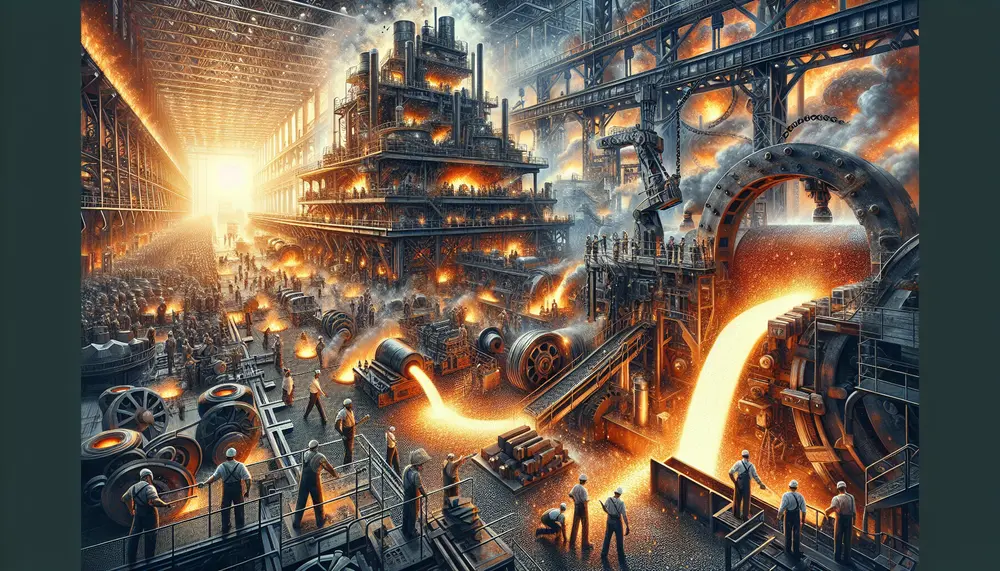
Steel making involves complex chemical reactions to transform raw materials into high-quality steel, primarily through oxidation and reduction processes. Oxygen plays a crucial role in oxidizing impurities like carbon, silicon, manganese, and phosphorus, which are then removed as gases or...
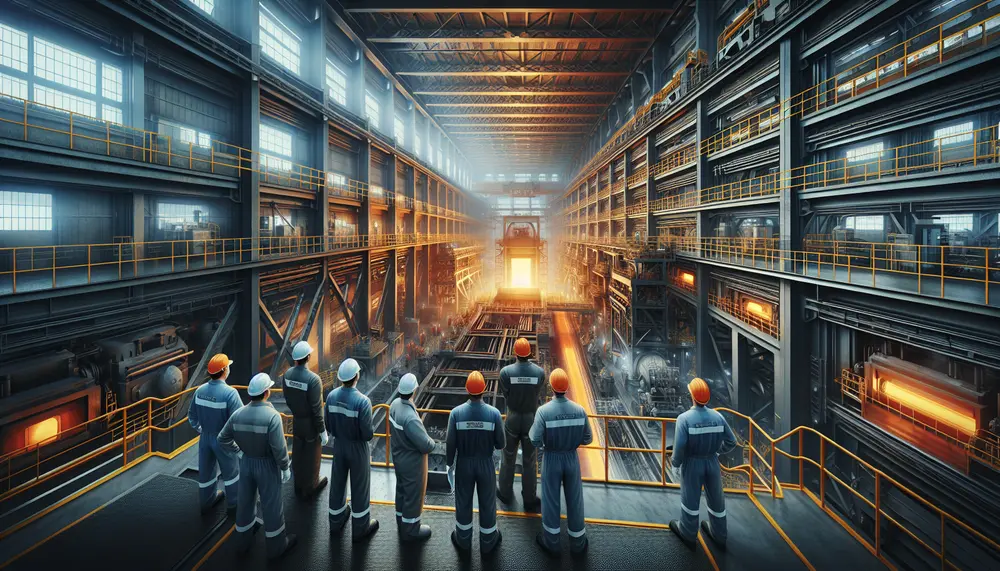
Steel making technology has evolved from primitive forges to modern, efficient mills using methods like the Blast Furnace and Electric Arc Furnace (EAF), which recycles scrap metal. Recent innovations aim at enhancing efficiency and sustainability with developments such as advanced...
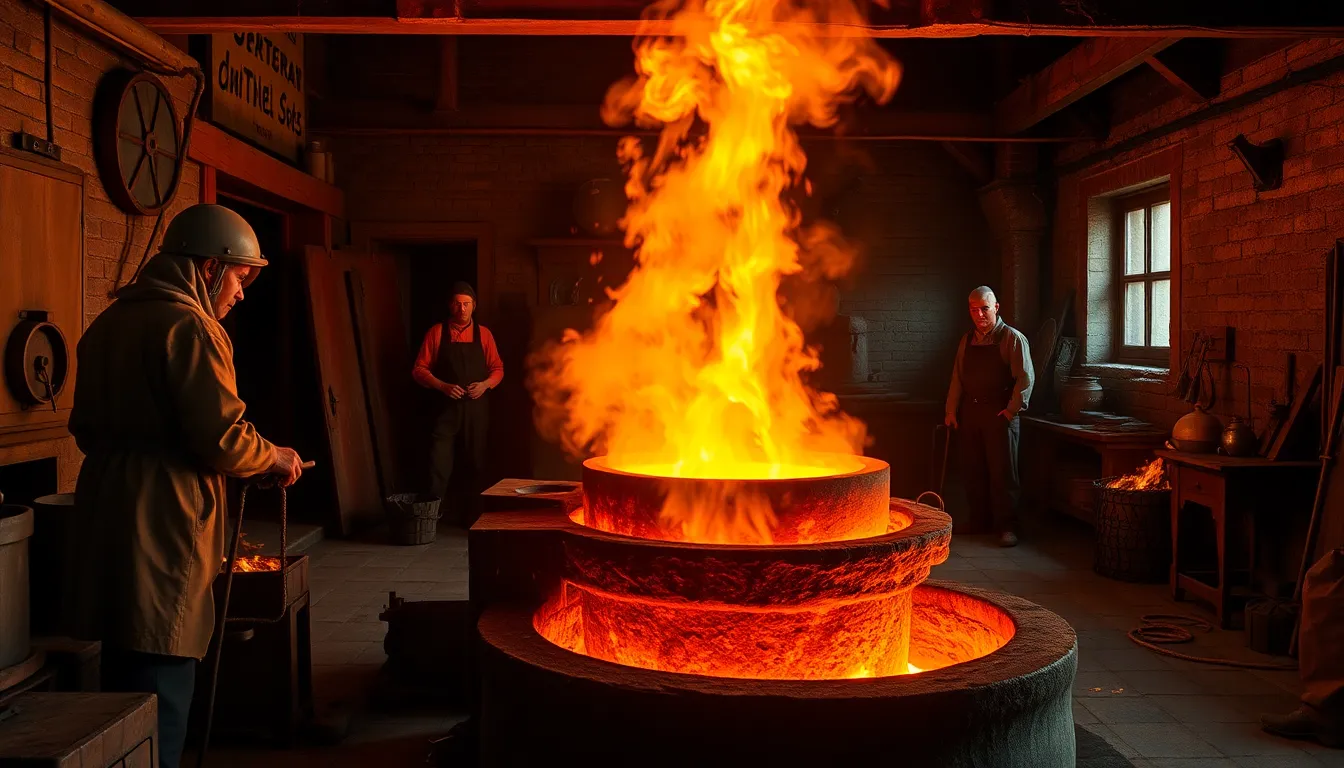
The article traces the evolution of steelmaking from ancient techniques to significant medieval innovations, highlighting early methods like iron carburization and bloomery processes that evolved into more efficient practices with the introduction of blast furnaces. It also covers Renaissance advancements...
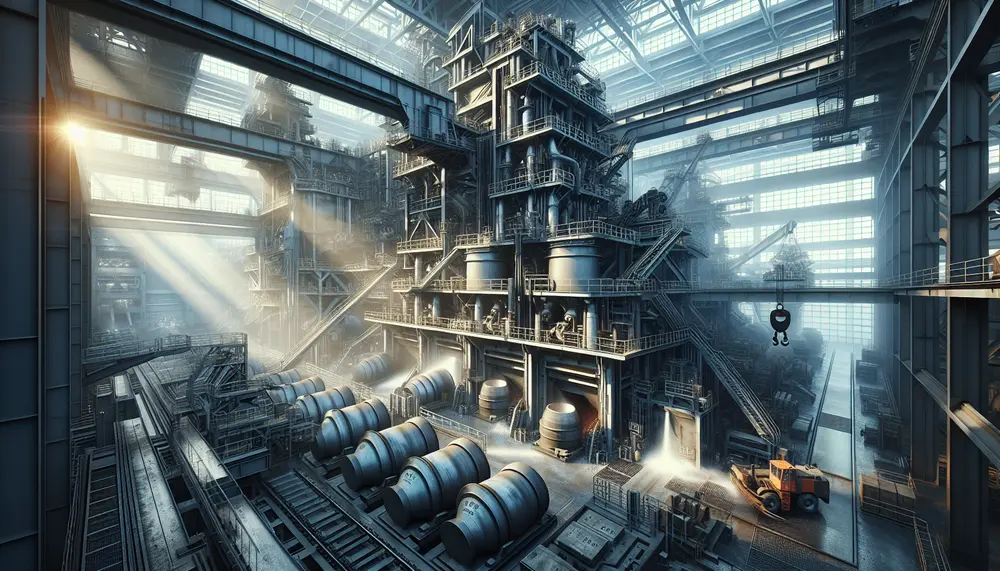
The steel making degassing process is essential for producing high-quality steel by removing dissolved gases like hydrogen, nitrogen, and carbon monoxide to prevent material defects. Vacuum degassing enhances the mechanical properties of steel, crucial for applications in construction and manufacturing,...
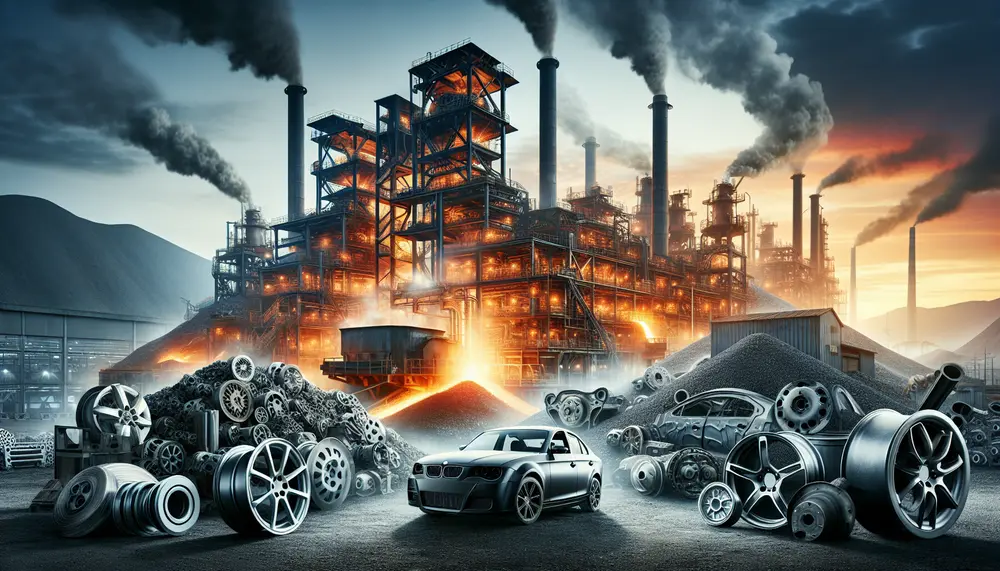
Steel production for vehicles involves transforming iron ore into various steel grades with specific properties, balancing strength and formability. Innovations in manufacturing techniques ensure high-quality steel that meets automotive industry standards. The journey of steel from raw material to vehicle component...

